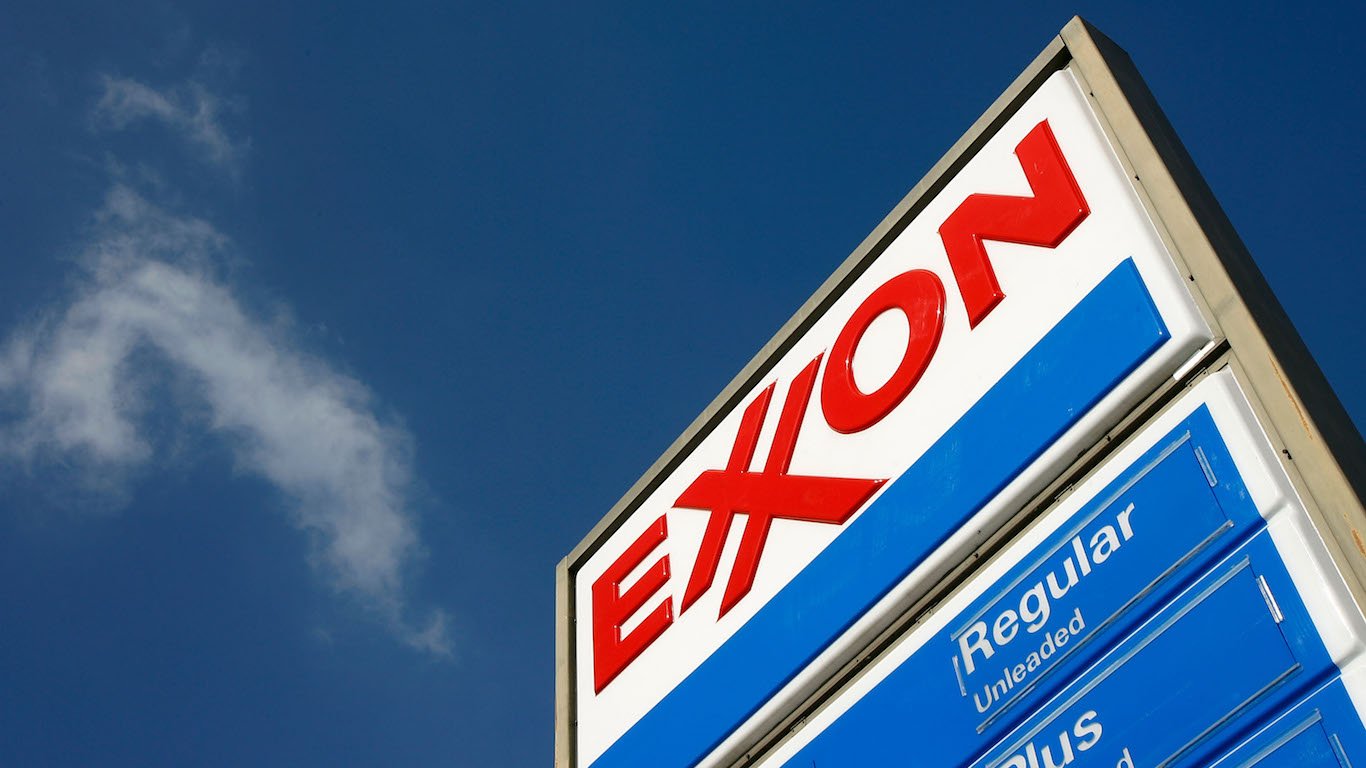

It is no secret that the oil and gas industry has had a very hard time with lower commodity prices and demand. The pandemic crushed global oil demand, and the continued move toward renewable and alternative energy adds long-term caution for any business that is tied to fossil fuels. Exxon Mobil Corp. (NYSE: XOM) posted operating quarterly losses of $1.38 billion in June and $764 million in March. It now appears that its shareholders may have to brace for more operating losses.
Exxon released data on its quarterly earnings considerations Thursday morning. This was not a formal earnings release, but it is what Wall Street analysts and other investors use for some of their underlying earnings assumptions.
The big question is how exactly Exxon can continue to maintain its massive dividend beyond 2020. Given the yield of 10%, the market has more long-term questions about how sustainable that yield is. This is certainly not the first time this high payout was questioned, and it likely will not be the last time. Exxon had been raising that dividend year after year, but the $0.87 per share quarterly payment has now been the same payout for six consecutive quarters.
Again, the company’s filing with the U.S. Securities and Exchange Commission (SEC) should not be viewed as a formal earnings announcement, and there was no mention of the dividend or balance sheet data. That said, the oil and gas giant’s filing offers perspective on the company’s units, and the company noted market dynamics, seasonal patterns and planned activities. It also noted that it may not account for all the charges and adjustments that fully reflect industry conditions.
Higher average oil prices did boost the numbers in production, with liquids prices adding $1.4 billion to $1.8 billion in the third-quarter upstream business. Lower gas prices are weighing on the results, with a $100 million to $500 million loss range offered from changes in gasoline prices.
Exxon’s filing also showed North American crude logistics differentials would create a break-even to a loss of $200 million range, and downstream refining margins would contribute a loss ranging from $200 million to $600 million. The change in chemical margins would contribute a range of negative $100 million to positive $100 million. And the change in mark-to-market derivatives would be in a range of break-even to a gain of $400 million.
It was in estimated changes in sales volumes that showed positive results, and this includes the impacts from the reversal of COVID-19 demand destruction in the quarter. These gains were shown as break-even to $200 million in upstream, $200 million to $400 million downstream and $100 million to $300 million in chemicals.
Before thinking about the dividend risk as a near-term issue, note that one more quarterly disappointment is not likely to wreck the dividend. It’s what happens to oil prices and oil demand in the future.
Exxon had a Refinitiv consensus estimate of −$0.06 in earnings per share for the quarter that ends on September 30. The consensus estimate calls for a positive report of $0.12 per share in the fourth quarter. With an expected loss of $0.18 per share for all of 2020, even the positive $1.48 consensus earnings per share estimate for 2021 is not enough to cover its dividend from earnings alone.
Thank you for reading! Have some feedback for us?
Contact the 24/7 Wall St. editorial team.
 24/7 Wall St.
24/7 Wall St.

